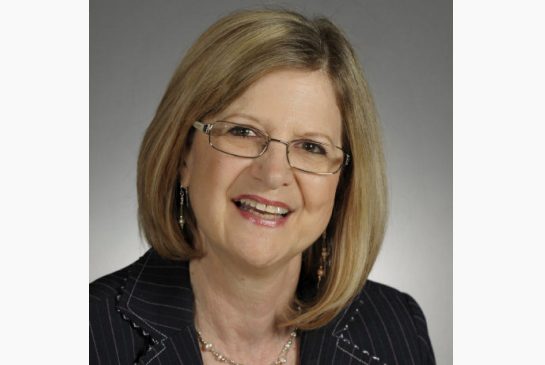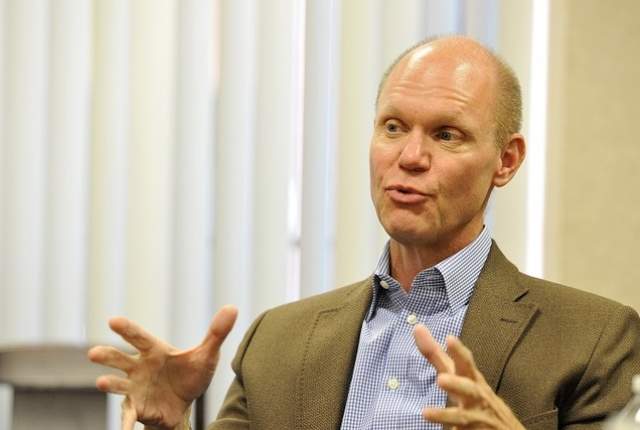Puerto Vallarta, Mexico :
Mexico Assisted Living provides a new opportunity for senior people, who live in America and Canada to spend assisted living vacation in the appealing beach resort, Puerto Vallarta in Mexico. They will be able to combine pleasure with beneficial activities to improve their health at very low costs.
More and more people from Canada and America choose Puerto Vallarta as a Mexican top destination for assisted living vacation or retirement due to a variety of reasons. This place is recognized as especially appealing dental and medical tourism destination because of the professional doctors and dentists and affordable medical procedures that cost about a tenth part of what they would have to pay for the same treatment in their own countries.
This explains the fact that people prefer to live in Mexico after their retirement, when they will no longer worry about the expenses they will pay for caregivers and doctors. Mexico Assisted Living Company offers people a room with all the needed amenities in it and appropriate care for just $3000 per month. The rooms feature an ocean panorama and provide patients with the opportunity to combine natural and medical treatment, taking advantage of sun and various water activities.
The customers can choose between various low cost procedures offered at Mexico Assisted Living. A massage that continues for an hour costs less than $20, while having a lunch in a great restaurant, located on the very beach, will cost people between 10 and 20 dollars.
Mexico Assisted Living Company offers 24 hour care, nurses and a doctor, who live on site and are always available to help, two swimming pools, air conditioning, direct access to the beach, and much more. Patients are able to enjoy TV with more than 60 channels and Internet in their rooms and use their medical alert necklaces at any time to signalize for emergency, resting assured that the caregivers will immediately respond. There are wheelchairs available in the whole community and the activity director schedules daily activities for people.
Adults may meet in the large common areas to share their stories and make new friends, or just to interact with other patients and to not feel alone. The company offers also transportation to different medical or dental appointments. Three meals per day are included and the customers can visit Tiki Bar.
The company offers several services to meet the needs of tourists. These are vacation stay, senior vacations, where senior people can choose to stay for a period of a few days to a month or so, and assisted living with high quality care and low prices, with all inclusive and where doctors and nurses are reachable 24 hours a day.
All, who are interested in this opportunity, can visit http://www.mexicoassistedliving.com for more information.
source: http://www.digitaljournal.com / Digital Journal / Home> Press Release /Puerto Vallarta, Mexico / ReleaseWire / August 15th, 2014




